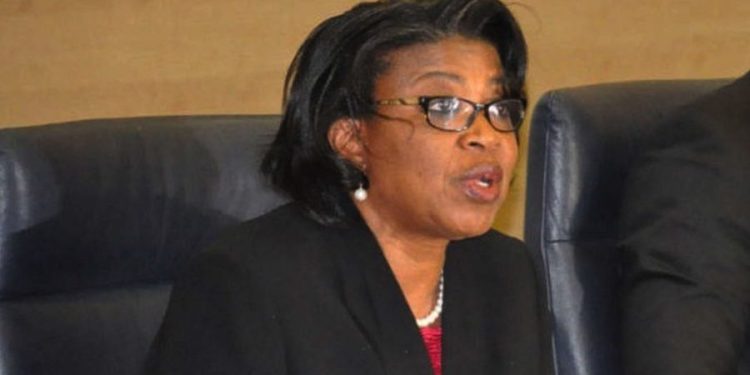Key Highlights
- DMO says Nigeria’s total debt stock increased by $7.34 billion or N6.69 trillion within one year.
- The increase was due to new borrowing by the Federal Government and sub-national governments, primarily to fund budget deficits and execute projects as well as the issuance of promissory notes to settle some liabilities.
- DMO also said that the total debt stock is composed of N27.55 trillion ($61.42 billion) as total domestic debt stock while total external debt stock was N18.70 trillion (USD 41.69 billion).
The Debt Management Office (DMO) has revealed that Nigeria’s total public debt stock is N46.25 trillion or $103.11 billion as of December 2022.
The DMO said the debt which consists of external and domestic debt stocks of the Federal Government and 36 State Governments with the Federal Capital Territory (FCT) increased by N6.69 trillion or $7.34 billion when compared to the comparative figure of N39.56 trillion and $95.77 billion as of December 31, 2021.
The latest debt stock figure is contained in a statement issued by the DMO on Thursday, March 30, 2023.
The DMO stated that the increase in the debt stock was due to new borrowing by the Federal Government and sub-national governments, primarily to fund budget deficits and execute projects as well as the issuance of promissory notes to settle some liabilities also contributed to the growth in the debt stock.
Debt stock increases by $7.34 billion within one year
The DMO assured that ongoing efforts by the government to increase revenues through initiatives such as the Finance Acts and the Strategic Revenue Mobilization initiative are expected to support debt sustainability.
The statement from the DMO reads,
- ‘’As of December 31, 2022, the Total Public Debt Stock consisting of the domestic and external total debt stock of the Federal Government and the sub-national governments (36 state governments) and the Federal Capital Territory was N46.25 trillion or USD103.11 billion. The comparative figure for December 31, 2021, was N39.56 trillion or $95.77 billion.
- “In terms of composition, total Domestic Debt Stock was N27.55 trillion (USD 61.42 billion) while Total External Debt Stock was N18.70 trillion (USD 41.69 billion).
- “Amongst the reasons for the increase in the total public debt stock were new borrowings by the FGN and sub-national governments, primarily to fund budget deficits and execute projects. The issuance of promissory notes by the FGN to settle some liabilities also contributed to the growth in the debt stock.
- “On-going efforts by the Government to increase revenues from oil and non-oil sources through initiatives such as the Finance Acts and the Strategic Revenue Mobilization initiative are expected to support debt sustainability.”
- The DMO further explained that the debt figure under review was 23.20% of the Gross Domestic Product, indicating that it was well within the limits set by both the federal government and international organisations.
- “The total public debt to gross domestic product (GDP) ratio for December 31, 2022, was 23.20 percent and indicates a slight increase from the figure for December 31, 2022, at 22.47 percent.
- “The ratio of 23.20 percent is within the 40 percent limit self-imposed by Nigeria, the 55 percent limit recommended by the World Bank/International Monetary Fund, and, the 70 percent limit recommended by the Economic Community of West African States.”
What you should know
- A lot of concerns have been raised by economic and finance experts as well as multilateral organisations like the World Bank and the International Monetary Fund (IMF) over Nigeria’s huge debt profile which they said is becoming unsustainable.
- Recall that in March 2022, the DMO said that Nigeria’s total public debt had risen to N39.55 trillion as of December 2021. This represents a N1.55 trillion or 4.1% increase in 3 months when compared to the N38 trillion total public debt that was recorded as of September 2021.
- The Director-General of DMO, Patience Oniha, while addressing journalists said the increased public debt included new borrowings by both the Federal and State Governments.
